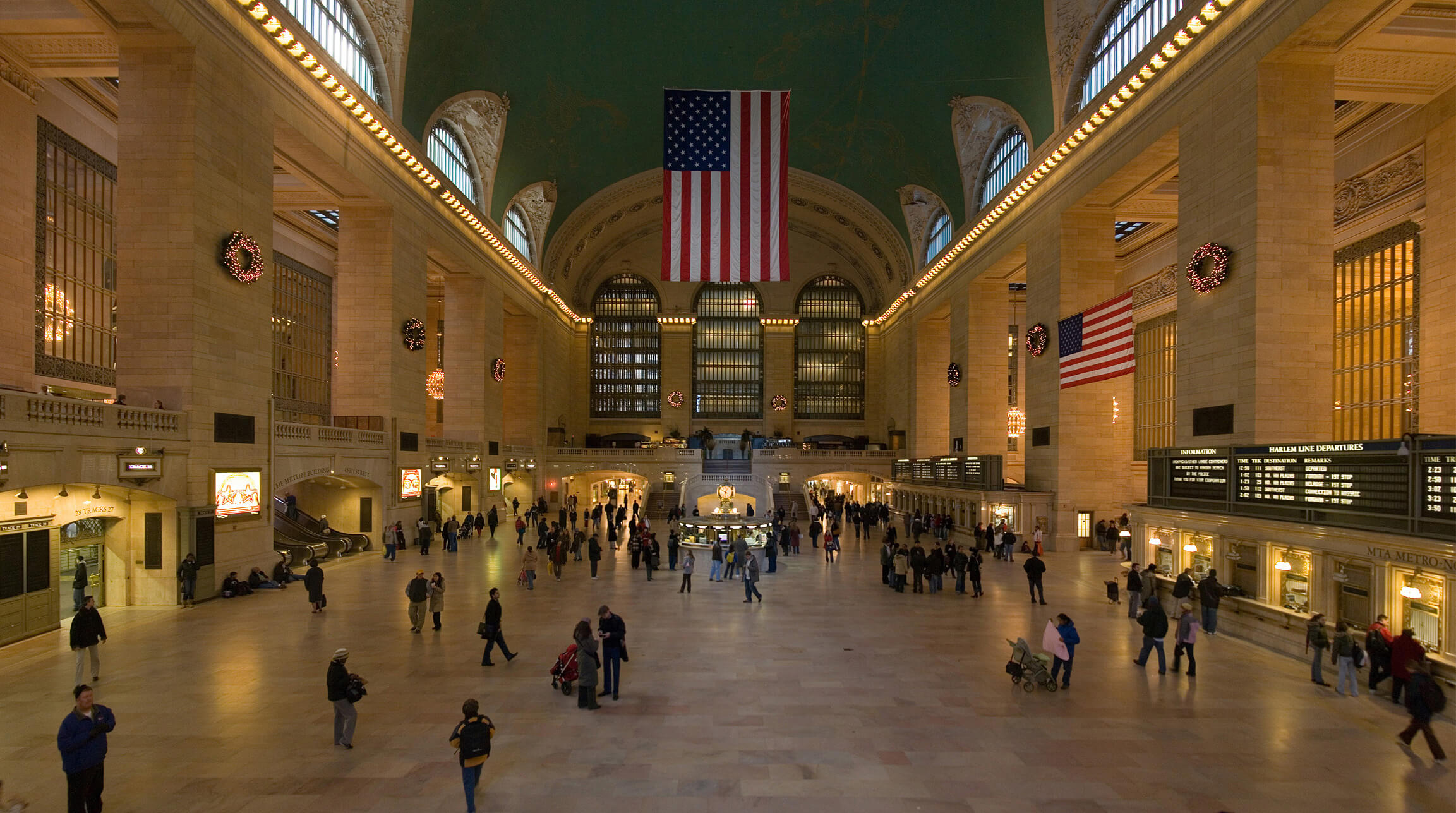Bloomberg recently got an inside look at the lesser traversed areas of Grand Central Terminal, a historical transportation landmark in New York City. The article, titled, “The Untold Secrets of Grand Central Terminal,” uncovered some fascinating facts and history about the building since it opened its doors more than a century ago.
The single painted archway in the Graybar passage, for example, should have been among many painted arches. According to Nikki Ekstei, the paintings stopped when the Great Depression drained funding.
“You’ll notice a series of arches — one with a faded mural depicting 1920s infrastructure development projects. All the arches were supposed to be done in similar style as a way to boost civic pride, but after the first mural was completed in 1930, the Great Depression took hold, and the city ran out of funding for the rest of the project. The arches remain naked to this day.”
Finished or unfinished, this area of Grand Central was in need of an update. In the Graybar passage, The Lighting Practice’s Al Borden and Matt Fracassini, are working on a renovation with Beyer Blinder Belle, which includes upgrading the existing light fixtures to LED sources.
The lighting upgrade is just one of TLP’s several projects at Grand Central Terminal. The lighting design team also worked with Metro-North and the New York City Department of Transportation to design a lighting system for Pershing Square Viaduct, a small bridge that allows visitors to safely cross 42nd Street to the terminal.
The Untold Secrets of Grand Central Terminal
Bloomberg | February 2017
An average of 750,000 people pass through New York’s iconic Grand Central Terminal each day—but most of the 49-acre, 1913 Beaux Arts building has always remained off-limits to the general public. With the help of Cornelius Vanderbilt II’s great-great-grand-niece Consuelo Vanderbilt Costin, Grand Central Terminal director George Monasterio, and Grand Central’s senior architect Mark Saulnier, Bloomberg got an inside look at the spaces (and secrets) you never knew to ask about.
Click here to read the full article in Bloomberg.






